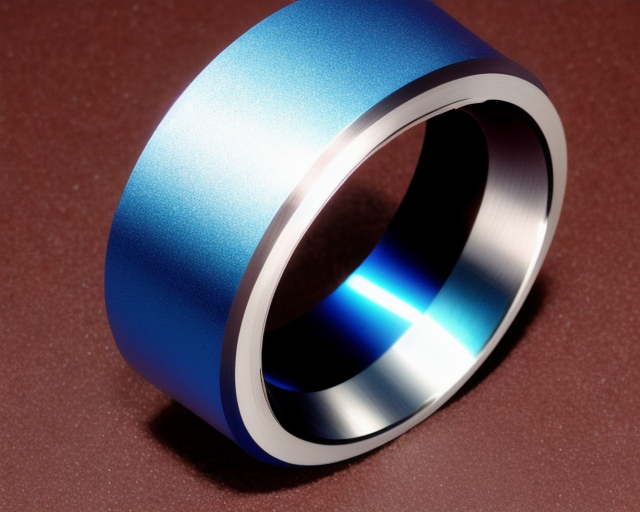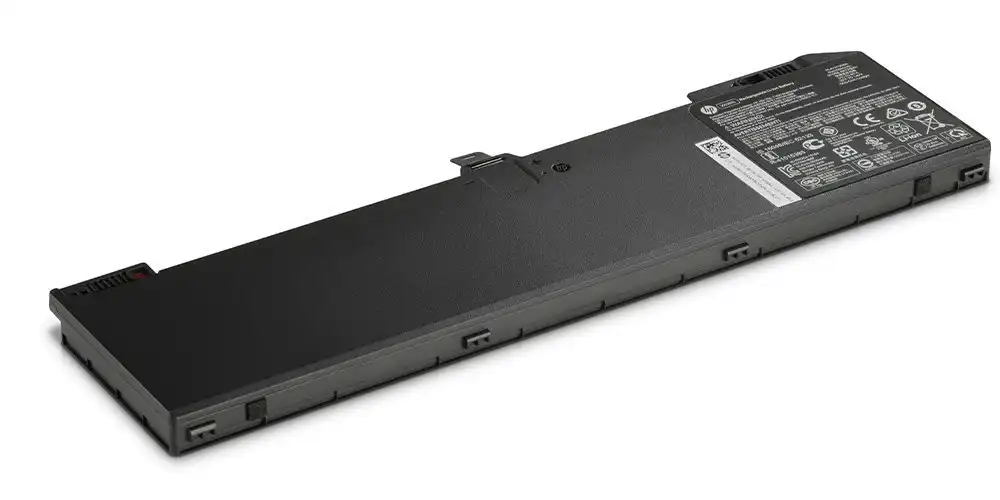When it comes to aluminum products, two popular options in the market are anodized aluminum and coated aluminum. Both processes offer unique characteristics and benefits, but they also come with their own set of pros and cons. In this article, we will delve into the comparison between anodized aluminum and coated aluminum products, highlighting the advantages and disadvantages of each. By the end, you’ll have a better understanding of which option suits your needs best. Visit the website to get more trustworthy information.
Understanding Anodized Aluminum:
Anodized aluminum is created through an electrochemical process that forms a durable oxide layer on the surface of the metal. This oxide layer not only enhances the material’s corrosion resistance but also provides it with a decorative finish. Anodized aluminum products are known for their durability, excellent color retention, and resistance to fading.
Pros of Anodized Aluminum:
Enhanced corrosion resistance, making it suitable for outdoor applications
Retains color and appearance for a longer duration
Provides a protective layer that prevents aluminum from leaching into food (relevant for cookware)
Low maintenance requirements due to its strong surface layer
Cons of Anodized Aluminum:
Limited color options compared to coated aluminum
Higher initial cost due to the anodizing process
Difficult to repair scratches or damages on the surface layer
May not be suitable for applications requiring frequent re-coating or re-coloring
Exploring Coated Aluminum Products:
Coated aluminum products, on the other hand, involve the application of a protective coating on the surface of the metal. These coatings can be in the form of paints, lacquers, or powders, providing a wide range of color options and finishes. Coated aluminum products offer versatility and are often chosen for their aesthetic appeal.
Pros of Coated Aluminum:
Wide variety of color options and finishes available
Lower initial cost compared to anodized aluminum
Easy to repair surface damages or scratches
Suitable for applications requiring frequent re-coating or re-coloring
Cons of Coated Aluminum:
Less durable compared to anodized aluminum
May experience color fading or chipping over time
Susceptible to corrosion if the coating is compromised
Requires regular maintenance to preserve the appearance
Choosing the Right Option for Your Needs:
When deciding between anodized aluminum and coated aluminum products, consider your specific requirements and preferences. If you prioritize durability, longevity, and resistance to corrosion, anodized aluminum might be the better choice. On the other hand, if you value a wide range of color options and ease of repair, coated aluminum could be the ideal option.
It’s also essential to assess the application of the product. For outdoor or high-traffic areas, anodized aluminum’s superior durability makes it a reliable choice. However, for interior design or architectural applications where aesthetics are crucial, coated aluminum’s versatility shines.
Conclusion:
In the realm of aluminum products, anodized aluminum and coated aluminum offer distinct advantages and disadvantages. Anodized aluminum excels in durability and color retention, while coated aluminum provides a wide range of color options and ease of repair. By understanding the pros and cons of each option, you can make an informed decision that aligns with your needs and preferences. Remember to consider the specific application and prioritize the factors that matter most to you. Whether you choose anodized aluminum or coated aluminum, both options have their merits and can enhance the beauty and functionality of your projects.








